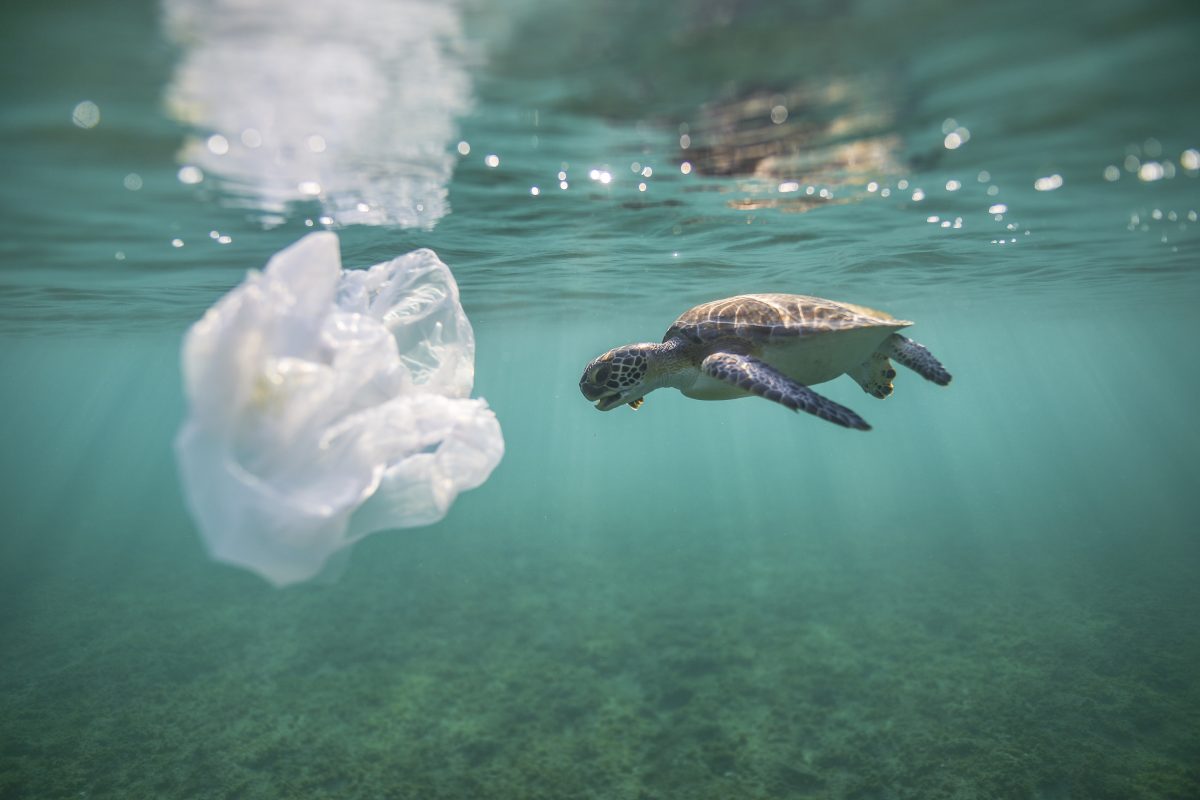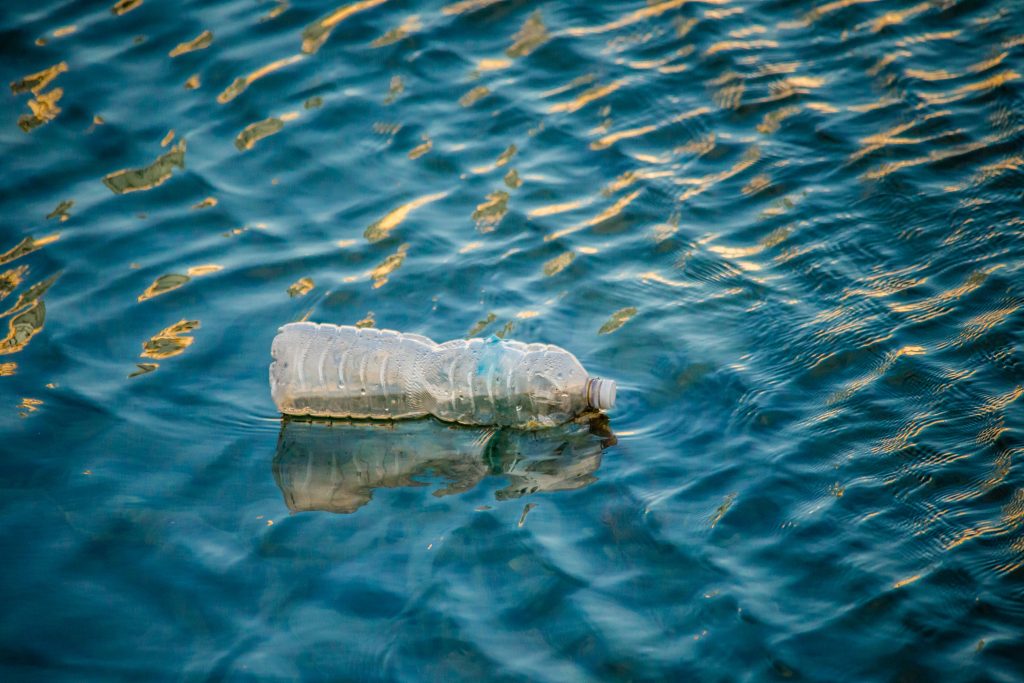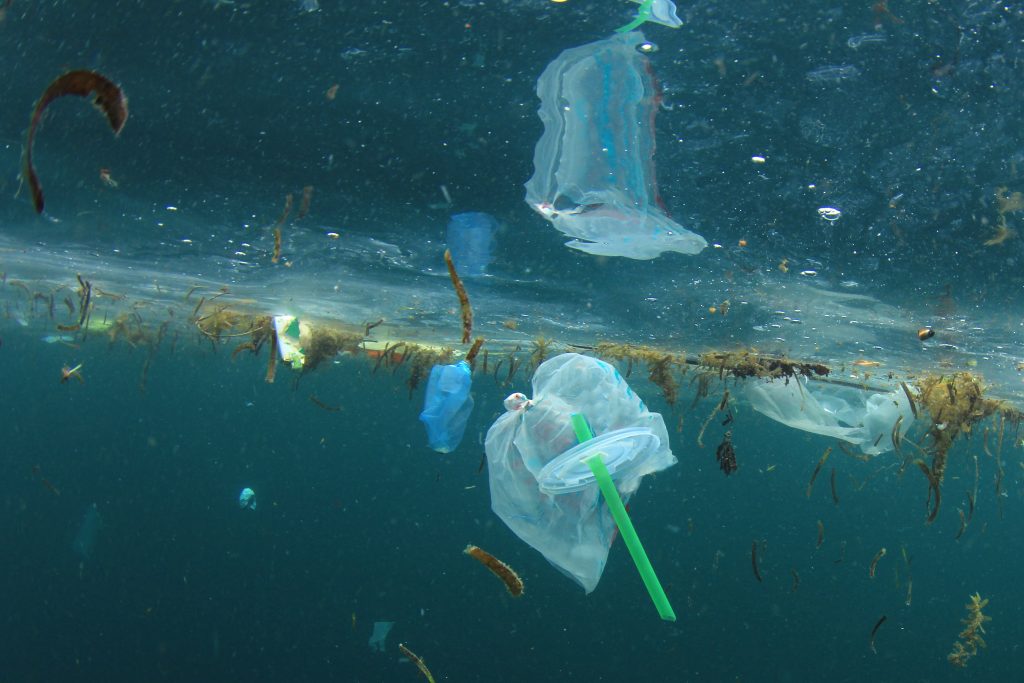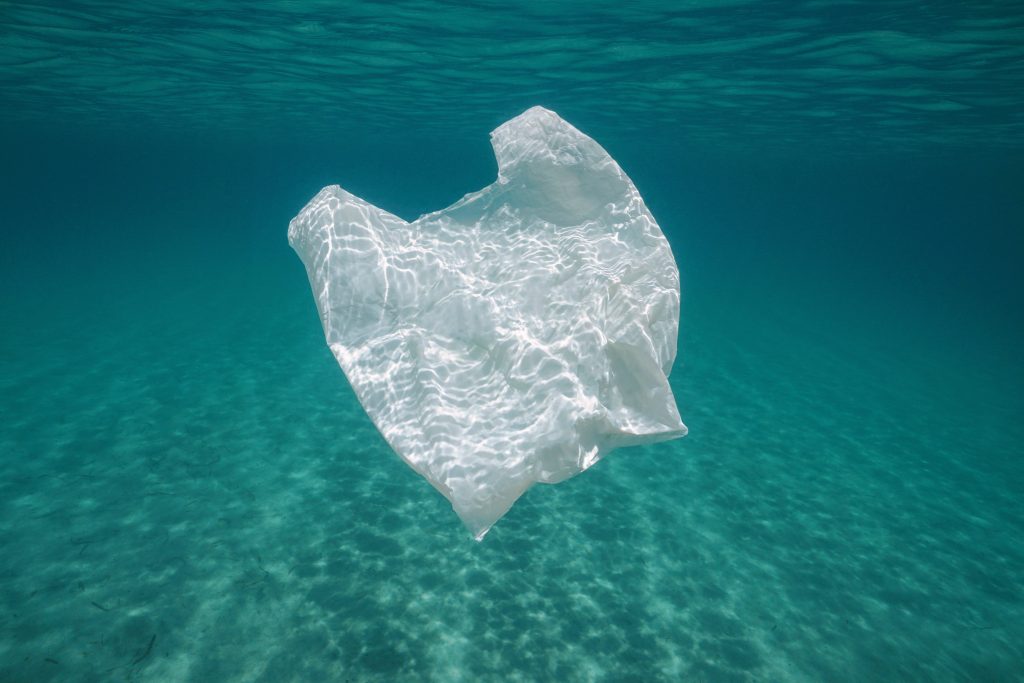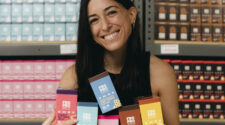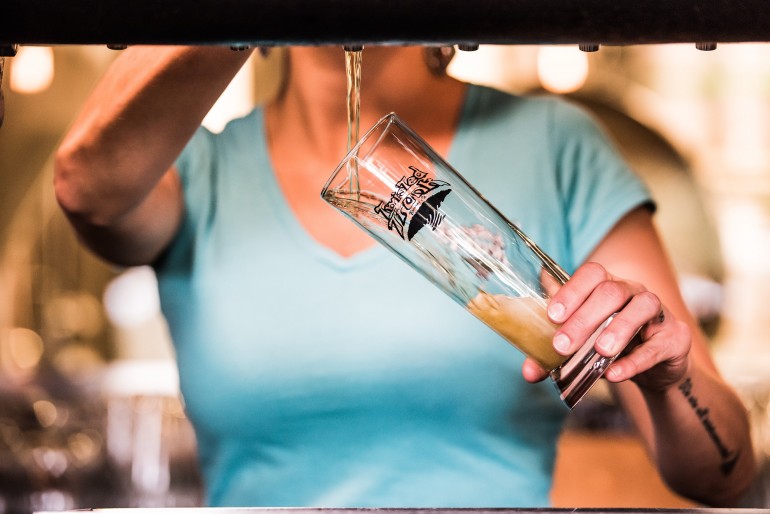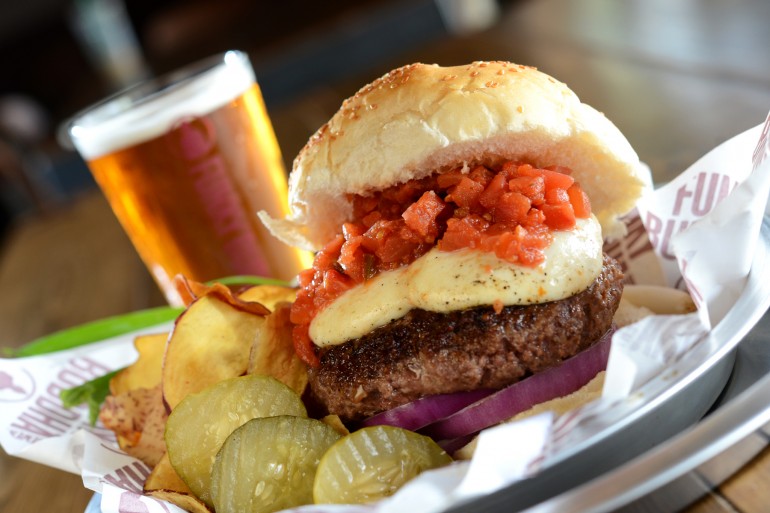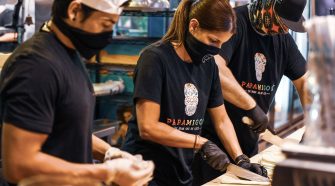The Plastic Problem and What We Can Do About It
By Darien Davies
Does anyone get the feeling like they are drowning in a sea of plastic? If not, take a look at your beach and you can almost guarantee that within a few feet you’ll spot some straws, cigarettes (that’s another issue!), plastic cups and more. While there are beach cleanup efforts organized by many local non-profits and do-gooders, that can only get us so far. We need to focus on actually stopping plastics before they make it into the beach and into our oceans.
According to a recent study by the University of California, Santa Barbara industrial ecologist Roland Geyer, it was found that by 2015, humans had produced 6.3 billion tons of plastic waste. Of that, only 9 percent was recycled, and another 12 percent was incinerated and 79 percent accumulated in landfills or the natural environment. If this current trend continues, Geyer believes that roughly 12 billion metric tons of plastic waste, which will weigh more than 36,000 Empire State Buildings, will be in landfills or the natural environment by 2050.
Furthermore, less than a fifth of all plastic is recycled globally. The United States is the biggest culprit, with recycling just 9 percent of its plastic trash, China is next at 25 percent, and Europe is the best at 30 percent. Even more insane is that nearly half (44 percent) of all plastic ever manufactured has been made since 2000.
This all means that we need to reduce, reuse and recycle, with the hard emphasis on “reduce.” Even if we stay consistent with our plastic use and recycle more, the majority of the plastic will still end up in our oceans, beaches and, basically, our backyards.
If you’re not sure where to start, it’s easy: look into the cup holder in your car and take note of what you see. If it’s a plastic bottle or plastic cup, you’re guilty. So make a pledge to cut out plastics, and start with a few basic go-tos, which are straws, plastic cups, plastic bottles, and plastic bags.
Peace Out Plastic Bottles
According to the Guardian US, which is an independent news publication that covers and unearths local and global news, 1 million plastic bottles are bought every minute in the world, which equals to about 20,000 every second. If the trend continues, it will jump another 20 percent by 2021, which some campaigners predict will create an environmental crisis as serious as climate change.
The report goes on to state that the amount of plastic produced in a year is roughly the same as the entire weight of humanity. And, to make matters even worse, these plastic bottles can be made out of 100 percent recyclable material, but the big wigs aren’t into it because of aesthetics and, more than likely, price.
About 480 billion plastic bottles were purchased globally in 2016 but less than half gets recycled, meaning that most of this waste ends up in our oceans and landfills. And let’s not forget that there’s two parts to the bottle: the bottle itself and the lid. So with every one purchase or use, you’re adding two parts of plastic into our environment.
The good news is that there’s plenty of options for hot and cold reusable beverage bottles, and more big businesses and airports are offering water filling stations. You can purchase a nalgene online for about $12 or a Yeti for about $30.
Suck It Straws
ISSUE NO. 2: Straws
WHY?: They’re. Literally. Everywhere.
SOLUTIONS: Stop using them. Stop offering them. Pretty simple.
It’s widely known, thanks to a 9 year old boy from Vermont who was curious and asked around, that Americans use an estimated 500 million straws per day. More rigorous studies were done and it looks like that number is closer to 170 million to 390 million, but that figure is still staggering. If we do a little math, there are about 325 million people in the U.S., so this is easily about one straw per person per day. Then there’s the people who don’t use straws at all…
Loggerhead Marinelife Center’s conservation coordinator, Katie O’Hara, gave us some insight into one of their recent campaigns, #StrawFreewithLMC this past Earth Day. They partnered with 42 local restaurants to refrain from offering plastic straws to patrons as a way to raise public awareness for specifically straws, but also single-use plastics. They estimate that in this one day, they helped to prevent 15,000 straws from potentially entering the marine environment (which is literally our entire environment, as we live on a peninsula) and posing a threat to sea turtles and other marine life.
Even though plastic straws are considered disposable, the plastic actually never “goes away” as it just keeps breaking down into millions and millions of smaller pieces. Because of this, studies show that by 2050, there will be more plastic in the ocean than fish.
In 2018 alone, Loggerhead Marinelife Center and partner organizations removed more than 2,600 straws from Florida beaches. Most of these straws end up on the beaches because people accidentally leave them there, people intentionally litter, or they blow out of overstuffed garbage cans.
So, next time you’re out, either skip the straw, or invest in a reusable straw. You can get a set of 10 reusable, stainless steel, non-toxic straws off of Amazon for $11, so you can be the cool kid at the table and share the straw love with your friends.
Do You Really Need That Bag?
ISSUE NO. 3: Plastic bags
WHY?: These bags cannot be recycled in your at-home bins
SOLUTIONS: Pay attention and bring your own bags
The first and best solution is to significantly cut down (or eliminate, if you can) your need for single-use plastic bags. The rule of thumb is that if you’re going to use the item for 30 minutes or less, you can find a better alternative.
According to the Solid Waste Authority of Palm Beach County’s website, plastic bags cannot be recycled in your blue or yellow recycling bins. In fact, bags that make it in the bins can damage the SWA’s recycling equipment and waste our taxpayer dollars. While plastic bags do not go in either your yellow or blue recycling bin, many local grocery stores accept them for recycling.
In fact, this goes the same for all soft plastics. Not sure what a soft plastic is? Pretty much everything: soil and mulch bags, grocery type plastic bags, plastic overwrap packaging (around your bottles of water in bulk – shame on you!), plastic wrap and wrappers, salt and water softener plastic bags, and stretchable plastic bags. Instead, these plastic items are recycled into new bags and other products such as plastic lumber for decks, park benches, picnic tables and waste containers.
You can also download the Recycle Coach App, which will help to remind you when to put out which recycling, and can answer your questions about if an item is recyclable. The goal of this program is to help you spend less time recycling more. Just visit solutions.recyclecoach.com for more information.
Also, instead of using plastic bags at the grocery store, take a couple dollars and invest in one that you can reuse every time you go. Not only that, but it’s a great bag to carry your reusable water bottle in when you go to the beach, wink.
Overall, we need to focus our attention on our plastic usage so our children and grandchildren don’t end up living in a sea of plastic. If you focus on just these three single-use plastic items and conquer their use, or lack of, then there’s a good chance you’ll be able to focus one other single-use items to help our environment as well. The planet believes in you!
